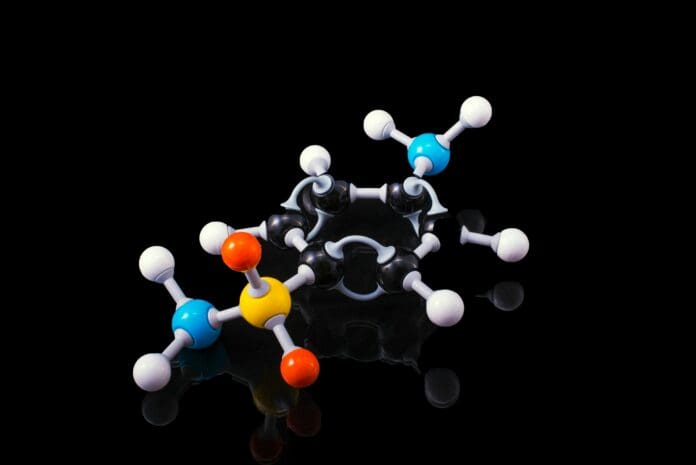This post is also available in:
 עברית (Hebrew)
עברית (Hebrew)
Researchers from the Indian Institute of Science (IISc) and University College London (UCL) have developed an advanced machine learning model that predicts material properties with minimal data, opening up new possibilities for material discovery. This breakthrough is particularly relevant in the field of semiconductors, where precise material characteristics are critical.
Materials scientists often rely on machine learning to predict key properties such as mechanical strength and formation energies. However, one of the biggest challenges is the limited availability of data on material properties due to the expensive and time-consuming nature of material testing. To overcome this, the research team, led by Dr. Sai Gautam Gopalakrishnan at IISc, focused on improving prediction accuracy with limited datasets using an approach called transfer learning. Their findings were published in the journal Nature.
As explained on TechXplore, transfer learning works by first training a model on a large dataset and then fine-tuning it with smaller, more specific data. This method allows the model to apply knowledge from broader data sets to specialized tasks, making it highly effective when only limited data is available.
For this study, the team implemented a Graph Neural Network (GNN)-based approach, well-suited for analyzing data with a graph-like structure, such as the three-dimensional arrangements of atoms in a material. GNNs represent atoms as nodes and bonds as edges, and by processing this structure across multiple layers, the model can learn and predict material properties more effectively.
Remarkably, the model outperformed others trained from scratch, showing a strong ability to predict material behaviors even for materials it wasn’t directly trained on, such as 2D materials.
In addition to its application in semiconductor research, the model is also being tested to predict ion movement within battery electrodes, a crucial factor in developing better energy storage technologies. This new approach could streamline the process of discovering and optimizing materials for a wide range of applications, marking a significant step forward in material science and AI-driven innovation.


























